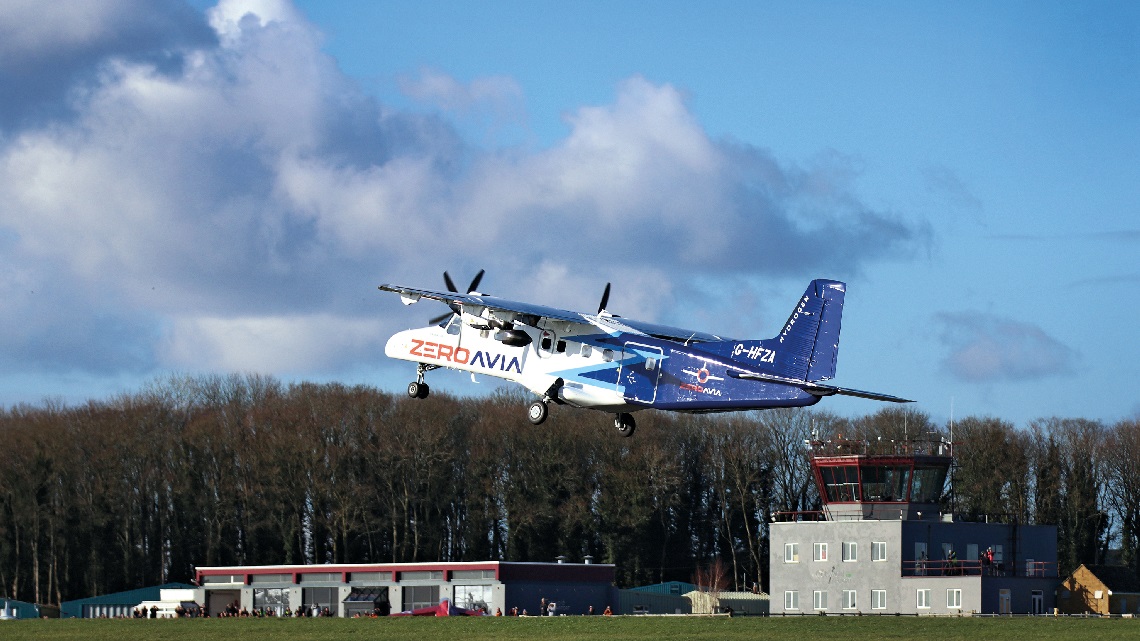On January 19, UK-based company ZeroAvia performed a 10-minute test flight of a twin-engine plane powered partially by hydrogen. With 19 seats, the Dornier 228 is the largest aircraft to ever take off with the aid of a hydrogen engine. During the flight in the Cotswolds, UK, the left engine converted hydrogen into electricity to power one of the propellers, while the right engine, fueled by kerosene, powered the other. The hydrogen tanks and fuel cell power generation systems were housed inside the cabin, but in a commercial plane they would be external, with the seats in their normal places. The flight was part of the HyFlyer II project, funded by the British government, which is striving to develop technologies capable of reducing the carbon dioxide emissions of the aviation sector. Two years ago, the company performed the first flight—one of more than 30 since—of a six-seater Piper Malibu aircraft powered by hydrogen. If upcoming tests go to plan, ZeroAvia intends to submit the electric hydrogen engine for regulatory certification in 2023 and to make engines for larger planes by 2025, enabling commercial flights to use only hydrogen cells (MIT Technology Review, January 19; NewScientist, January 20).
RepublishEnergy
Hydrogen-powered plane

New record: the 10-minute flight of the 19-seater Dornier 228
ZeroAvia